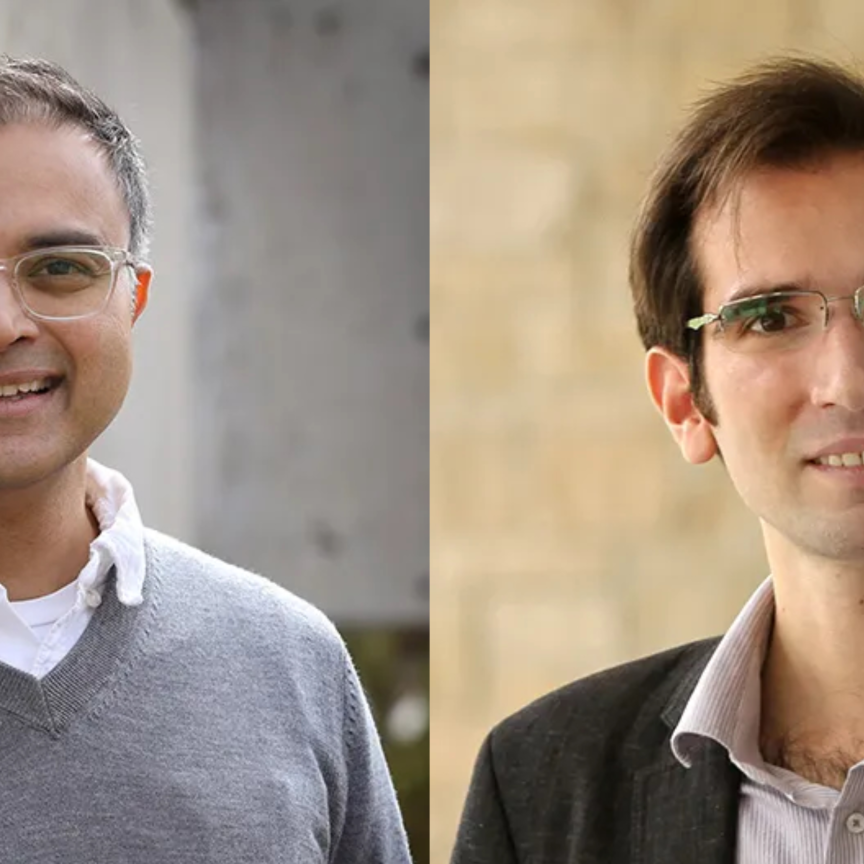Researchers at TU Graz in Austria have developed a 3D printing process that uses a high-power LED beam to melt metal powder, instead of a laser.
The technology, known as selective LED-based melting (SLEDM), is said to optimise metal 3D printing in terms of construction time, metal powder consumption, equipment costs and post-processing effort.
SLEDM is similar to selective laser melting (SLM) and electron beam melting (EBM), in that it melts metal powder and builds it up into a component layer by layer. However, the new process solves two central problems of pre-existing powder bed-based manufacturing processes: the time-consuming production of large-volume metal components, and the time-consuming manual post-processing required.
The LEDs used have been specially adapted by Austrian lighting specialist Preworks, and are equipped with a complex lens system by which the diameter of the LED focus can be easily changed between 0.05 and 20mm during the melting process. This enables the melting of larger volumes per unit of time without having to dispense with filigree internal structures, thus reducing the production time of components by a factor of 20 on average.
The SLEDM 3D printer developed by the researchers also uses a newly designed production plant that adds the components from top to bottom, in contrast to other metal melting plants. The team says the new plant exposes the component, reduces the required amount of powder to a minimum, and enables any necessary post-processing to be carried out during the printing process.
‘The time-consuming, usually manual reworking that is necessary with current methods, for example smoothing rough surfaces and removing supporting structures, is no longer necessary and saves further valuable time,’ said Franz Haas, leader of the research team and head of the Institute of Production Engineering at TU Graz.
A demonstrator of the SLEDM process is already being considered for the CAMed project of the Medical University of Graz. The process will be used to produce bioresorbable metal implants – screws made of magnesium alloys that are used for bone fractures. These implants dissolve in the body after the fracture site has grown together. Thanks to SLEDM, the production of such implants would be possible directly in the operating theatre, because ‘an LED light is naturally less dangerous for the operation than a powerful laser source,’ according to Haas.
The second focus of the new technology will be on sustainable mobility, the researchers say, namely the production of components such as bipolar plates for fuel cells or components for battery systems. ‘We want to make additive manufacturing using SLEDM economically viable for e-mobility and position SLEDM in this field of research at an early stage,’ said Haas, who aims to produce a marketable prototype of the new 3D printer in his team’s next development step.


